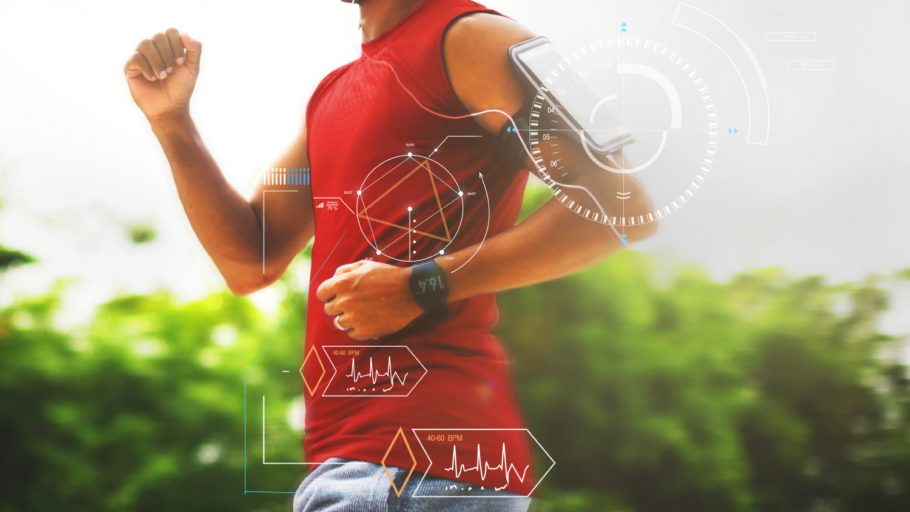Technology optimizes everything in our lives, from work and transportation to connectivity, entertainment, and running errands. So it stands to reason that it could do the same for our physical and mental wellbeing, too. From tech that catalogues your body’s performance to tech that can relieve pain and help you sleep, we have curated a list of some of the ways you can use devices and apps to be more informed about your wellbeing and more proactive in your health and wellness journey.
1 Biometrics tracking. Wearable technology to track vital health data is nothing new, but what started with Fitbit and Apple Watch has evolved beyond simply providing stats and now helps you translate all that data into personalized suggestions for improving your overall wellness. These devices can now also send notifications to keep you aware of your heart rate, blood pressure, and menstrual cycle.
2 Mindfulness and meditation apps. There’s a reason why the market leader Headspace has 65 million users worldwide—these apps are excellent, widely accessible self-help tools to help you manage anxiety and depression, reduce stress and burnout, and increase motivation and concentration.
3 Smart fitness machines and accessories. Gone are the days when you need a personal trainer or even a gym to craft the perfect customized training program. From bikes, treadmills, and rowing machines to mirrors and strength training equipment, smart fitness tools keep track of your workout stats, give you feedback and guidance on technique, and adjust resistance and speeds according to your goals.
4 Sleep aids. Natural light alarm clocks and temperature-regulated duvets aren’t the only tech available to improve your sleep patterns and rest quality. Trouble snoring? Motion pillows automatically adjust your head position when it senses changes to your airflow. Lacking energy or feeling off your circadian rhythm? Light therapy glasses can help. Not sure what your optimal sleeping conditions are? Devices like Homni analyze sound, temperature, luminosity, and humidity against your sleep movements, duration, and cycles so you can align your environment with what promotes your best rest.
5 Headache and back pain relief. Through wearable, smartphone-controlled devices, you can transmit weak electrical pulses on your skin that will stimulate your nerves and reduce pain. Specific models target migraines, headaches, and eye strain, but for more general electrotherapy, you can look for any TENS (transcutaneous electrical nerve stimulation) machine.
6 Hydration awareness. Never forget to drink water again with a smart water bottle that glows when it’s time to take a drink. Pair it with a companion app and it will also measure your water drinking habits and suggest ways to improve your hydration over time.
7 Counseling chatbots. Drawing on psychological clinical expertise and tools and techniques that real therapists use, AI-fueled chatbots not only offer immediate access to mental health support 24/7, but also adapt to your personal needs and patterns over time so they can detect signs of distress and refine their approach to help you better.
8 Wearable brain sensors. Technology may not be able to read your thoughts, but it can see inside your brain. Just as a heart rate monitor measures heartbeats, EEG headbands like Muse read brain waves and translate them in real time to easily-interpreted soundscape experiences that act as prompts to help you stay focused and calm.
9 Air quality control. Your mind and body are key parts of wellness, but so is your environment. Smart air quality monitors like Netatmo help you track and adjust surrounding levels of carbon dioxide, humidity, noise, and temperature.
10 Injury recovery. One step beyond a TENS machine, devices like FireFly target a specific nerve that, when stimulated, will increase blood flow and circulation to speed up recovery from muscle-based injuries. These devices over time decrease muscle soreness and promote better muscular performance.



